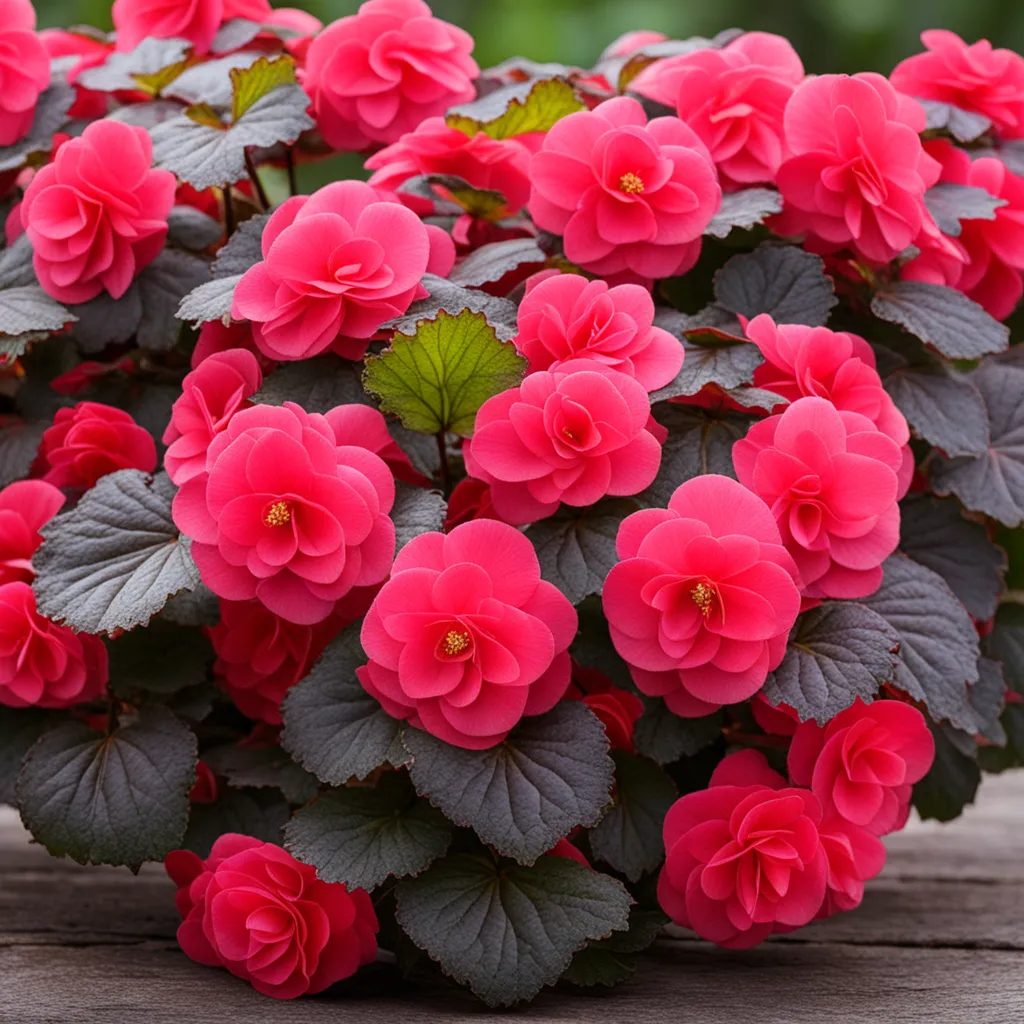How to Prune Begonias: Essential Care for Lush Growth
How to Prune Begonias: Essential Care for Lush Growth
Begonias, known for their vibrant colors and varied textures, are a popular choice for many gardeners. Regular pruning is essential to maintain their health and appearance. Whether you’re tending to bedding begonias or the more exotic varieties, understanding how to prune them correctly is key. Here’s a guide on how to prune begonias, along with answers to some frequently asked questions.

Steps to Prune Begonias
- Identify the Type of Begonia: Different types of begonias (like tuberous, fibrous, or rhizomatous) have different pruning needs. Identifying your begonia type is the first step in understanding how to prune it properly.
- Gather the Right Tools: Use a pair of clean, sharp scissors or pruning shears. Sterilize your tools before use to prevent the spread of disease.
- Timing: The best time to prune begonias is in late winter or early spring, just before they start active growth. However, you can remove dead or dying leaves and flowers throughout the growing season.
- Pruning Process:
- For bushy types, pinch off the tips of the main stems to encourage branching.
- Remove any dead or dying leaves and flowers to keep the plant healthy and prevent disease.
- Cut back leggy growth to promote a more compact, bushier plant.
- In the case of rhizomatous begonias, prune back any overgrown or dead foliage to maintain shape and size.
- Post-Pruning Care: After pruning, water your begonias well and consider applying a balanced, water-soluble fertilizer to encourage growth.
FAQs
Question: How often should I prune my begonias?
Answer: Regular light pruning can be done throughout the growing season to remove dead leaves and flowers. A more thorough pruning is typically done annually in late winter or early spring.
Question: Can pruning help my begonias bloom more?
Answer: Yes, removing old flowers and pinching back the stems can stimulate new growth and more blooms.
Question: What should I do if I over-prune my begonia?
Answer: If you over-prune, don’t panic. Ensure that your begonia has adequate water and light. It may take time, but begonias can recover from over-pruning.
Question: Is it necessary to prune begonias that are grown indoors?
Answer: Yes, indoor begonias also benefit from pruning. It helps in maintaining their shape and encouraging healthy growth.

Conclusion
Pruning begonias is a simple yet essential part of their care. By regularly removing dead or fading flowers and leaves, pinching back stems, and shaping the plant, you can encourage healthy growth and vibrant blooms. Remember to use clean, sharp tools for pruning and provide your begonias with appropriate post-pruning care. With these tips, you can keep your begonias flourishing and beautiful throughout their growing season.